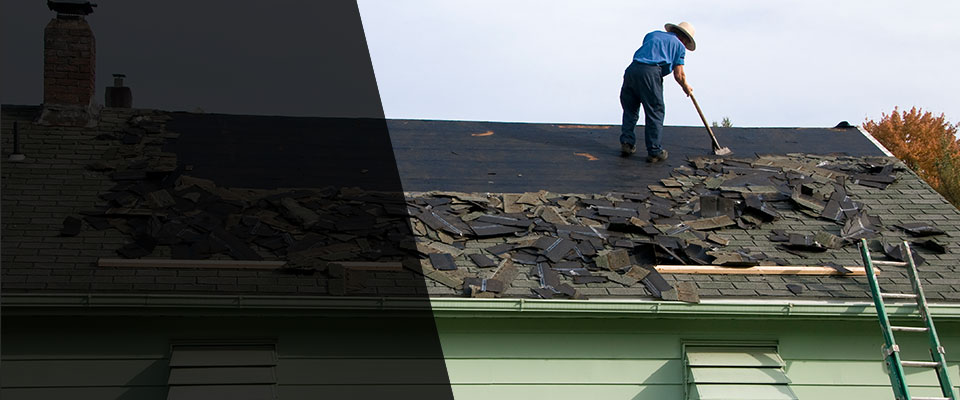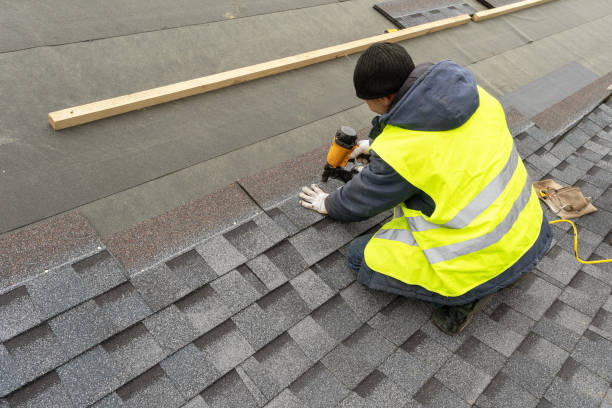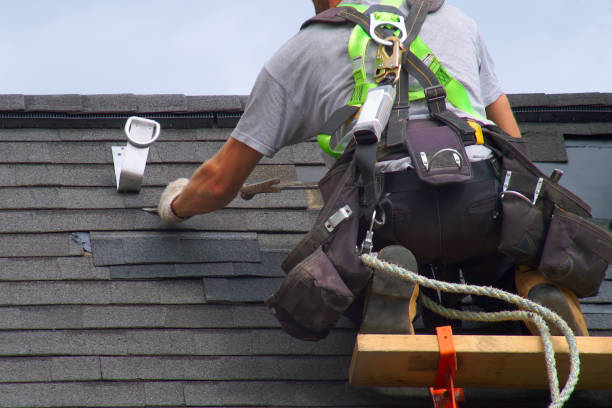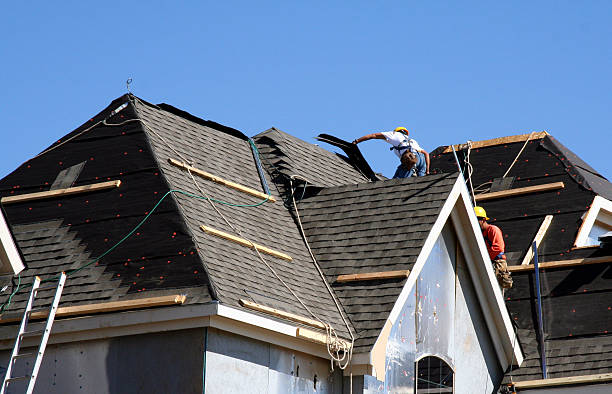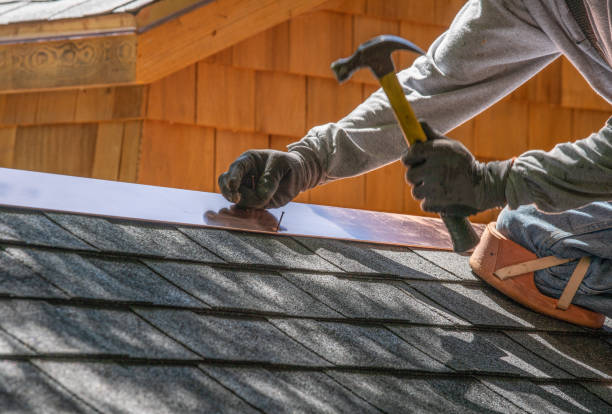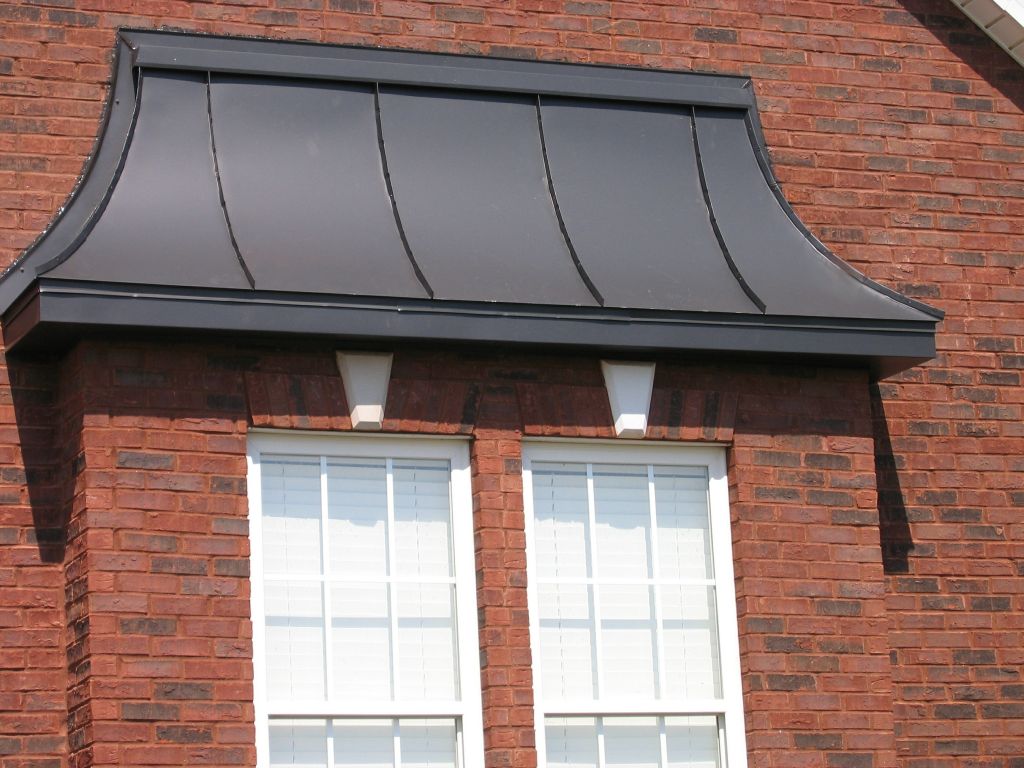Roof Leak Repair in Norwalk, CT 06851
Is your roof dripping?
Everybody desires and needs a secure and comfy location to live. Many house repairs may be accomplished over the course of a weekend. Nevertheless, there are some do it yourself fixes that must not be tried. A damaged, dripping roof is one of the most feared house repairs given that finding and fixing a leak isn’t typically uncomplicated.
Stained or drooping sheetrock, flaking paint, or an evident drip are all indications of a roof leak. However, even a minor undiscovered leak can trigger damaged insulation, mildew advancement, and rotted wood structure. A leak can also move and spread out from the initial broken region to another part of your home.
Our Norwalk Roof Repair and Replacement Contractors can provide fast service!
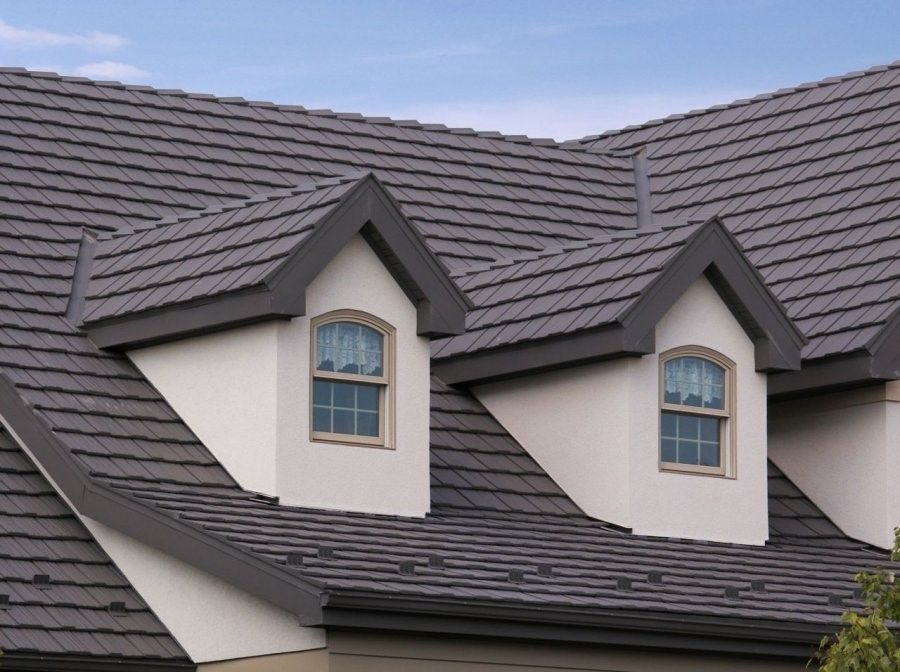
Contact Us Today to Repair a Leaking Roof at 888-347-0551
The majority of roof leaks in Norwalk, Connecticut are triggered by relatively normal scenarios that damage your roof.
- Your roof will never ever have a bad day, yet aging is unavoidable. All roofing materials are prone to severe weather conditions such as rainstorms, freeze/thaw cycles, heats, and intense summer season sun, which may ultimately trigger premature aging, cracking, and curling of the shingles.
- Brick chimneys seem strong, but the mortar that holds the bricks together, as well as the flashing and chimney crown, can be readily ruined. Water may enter into the attic through cracks, corrosion, and punctures.
- A leak can be easily triggered by missing out on or broken shingles. Individual shingle replacement is usually not a significant concern, but failing to get it repaired may lead to more damaged shingles and more pricey repairs.
- The vents on your roof system consist of exposed fasteners that will fracture, weaken, and age in time. This is a small repair, but it is a normal source of leaks due to the fact that many vents do not last the life of the roof.
- The pipes boot slips over a pipe to secure the pipe’s connection to the roof. The boot, like the vents and flashing, can be damaged, fracture, and stop working. The repair isn’t especially hard, although damage can be easily overlooked.
- Storm damage, strong winds, and hail may all cause large and little holes. Some holes are evident, but others may go undetected for several years until an evaluation reveals them. Water can go into through even small holes caused by lost roofing nails, the elimination of an antenna or meal mounting bracket, or impact-related cracks in roofing materials.
- A complex, convoluted roofline may be quite attractive, but it is likewise more difficult to water resistant. Every joint, valley, and slope must be marked.
- Roof products battle to withstand freeze-thaw cycles, along with ice and snow. Water might slip into tiny spaces in between and under shingles when snow collects, melts, and refreezes. Water swells and deepens the crack as it freezes. The weight of the snow and ice can likewise trigger bending and drooping of the flashing and plywood structure.
- Rain gutters might position difficulties if they are not cleaned and fixed on a regular basis. Rainwater can back up behind a obstruction and permeate through the shingles, damaging the wood underneath. Standing water can likewise cause harm to older gutters.
- Skylights, like chimneys and pipe vents, have some of the very same problems. Aside from possible flashing damage, the rubber or vinyl seals around skylights might dry up and fracture; at this point, the skylight needs to be replaced.
- Wetness can build up in your attic as a result of ventilation problems, and this can simulate a roof leak. In order to adequately leave warm air and moisture from your attic area, your roof should have adequate consumption and exhaust ventilation. This can result in wood rot, mold, and harmed insulation, and it has the prospective to be a really pricey repair.
The greatest protection against roof leaks is to schedule a yearly roof inspection and to act quickly if you suspect a leak.
Continue ReadingTrusted, dependable roof repair contractors on which homeowners can rely is also a priority. Our Roofing Contractors are dedicated to professionalism and excellent work. Please contact us right away if you need a roof repair contractor at 888-347-0551.
We can provide Emergency Roof Repair for all areas in Norwalk including: Fairfield County, , and in Area Codes 203

